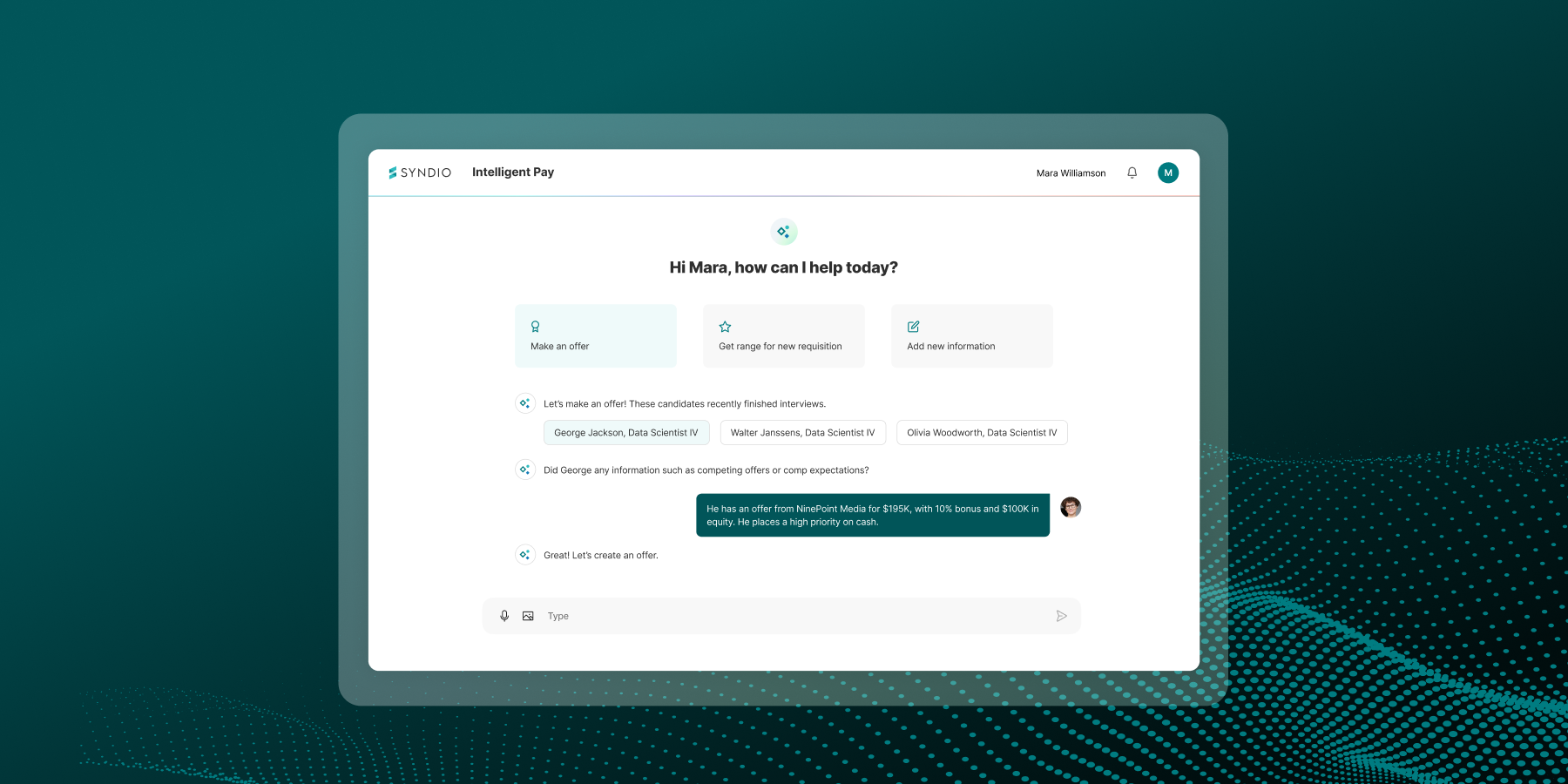Why can’t we kick pay inequity in the workplace once and for all? Why — according to a recent World at Work survey — did 73% of businesses analyze pay equity last year, but only 31% gave themselves high marks for pay equity management?
Surround-sound pressure from boards, executives, employees, legislators and even consumers, all of whom care about ethical workplaces, the gender pay gap, and fair pay, has made the stakes higher than ever. So if the will is there, what’s the way?
Read on to uncover the 3 missing ingredients for fair pay.
1. A methodology that works
Not all pay equity methods prevent unlawful inequity, even those used by leading law firms and “expert” consultants. As a result, unfair pay and lawsuits plague even the best, brightest, and most progressive organizations. It doesn’t have to be this way. There are standard methods, compliant math, and evidence-based best practices that should be used to mitigate legal risk.
At Syndio we bake all of this expertise and methodology into our Pay Equity Platform and guided onboarding, which have been designed and vetted by dozens of PhDs, labor economists, data scientists, and lawyers. Be careful if you’re trusting a purported expert and remember: law firms make their money defending lawsuits, not preventing them.
→ Read “When It Comes to Pay Equity, Methods Matter”
2. Pay equity software that puts you in control
You cannot solve pay inequity in the workplace with a one-time analysis. First of all, a typical, manual analysis takes 2-5 months, generating results that are outdated before they’re complete. What’s more, fair pay is a moving target. Things change all year long — promotions, merit adjustments, hiring sprees, reorgs, mergers, layoffs — leaving businesses nearly constantly in the dark, and therefore at risk, about how they’re doing on fair pay.
Software provides a solution. Because it’s updated in real-time, integrated, and always-on, it gives Human Resources and Compensation teams the ability to not only continuously monitor pay equity when things change, but take proactive steps to reduce gaps before they have a chance to grow.
→ Read “9 Reasons Why Enterprises are Switching to Pay Equity Software”
3. Prevention, not finding & fixing
Finding and fixing pay inequity in the workplace is like cutting off the top of a weed. Unless you get it by the roots, it’s going to grow back. Pay gaps widen the longer you wait to address pay equity, and annual remediation budgets are sometimes so high that organizations can’t afford to achieve pay parity even when they know exactly what it takes.
But there’s hope (unlike in the case of the dandelion infestation in my front yard). It’s possible to consider what’s fair at every moment in the employee’s relationship with your organization, most importantly: starting pay.
Starting salaries are one of the leading contributors to pay gaps. That’s because starting low means staying low due to compounding, percentage-based pay increases. Unfortunately, most companies are still only looking externally at market rates when hiring new employees, but fail to look internally at what’s fair and equitable for incumbents and new hires alike when setting starting pay.
Bias creeps into the hiring process, gender pay gaps and other pay gaps widen, and those expensive pay inequities you paid so much money to resolve grow right back. If you get salaries and your compensation salaries right from day one, you avoid compliance risk and reduce costs and, of course, build a more fair organization.
We’re here to help. Our Pay Equity Platform is trusted by leading enterprises who want to not only fix pay inequities when they find them, but prevent them from starting in the first place. Learn more at the link below.



